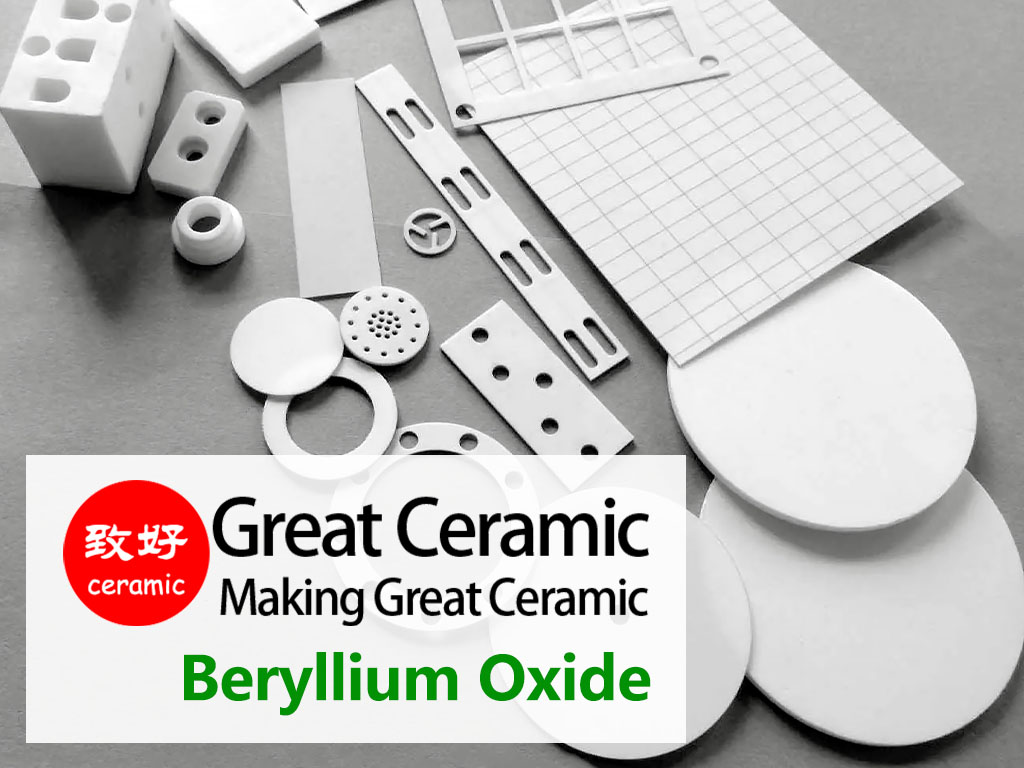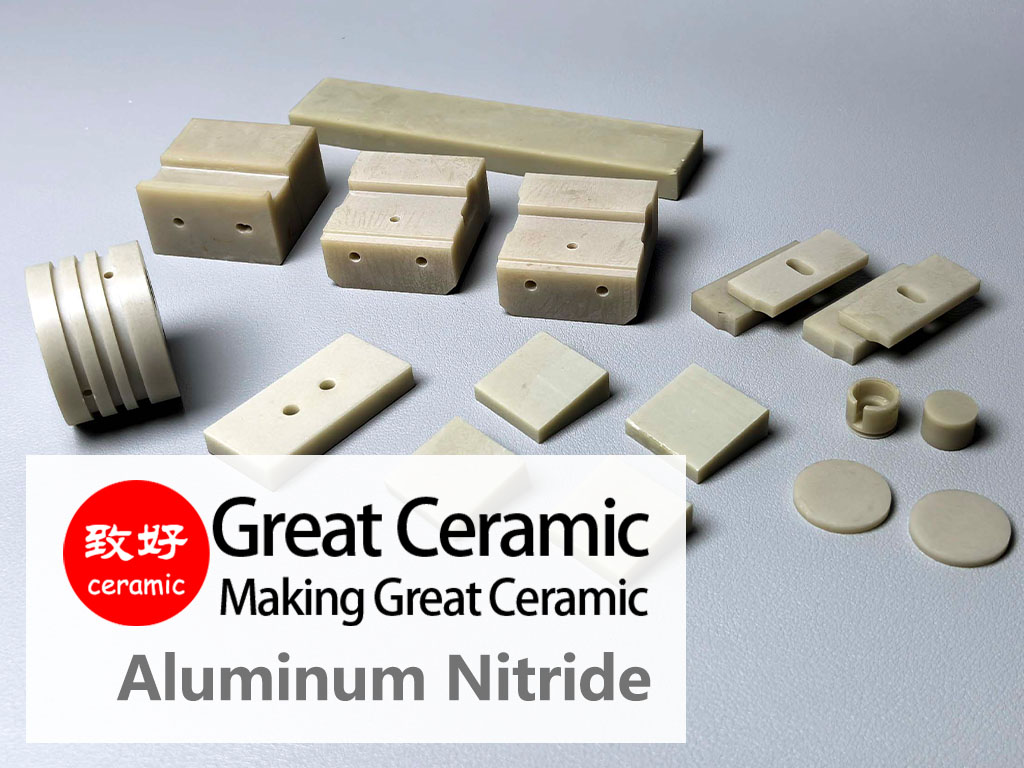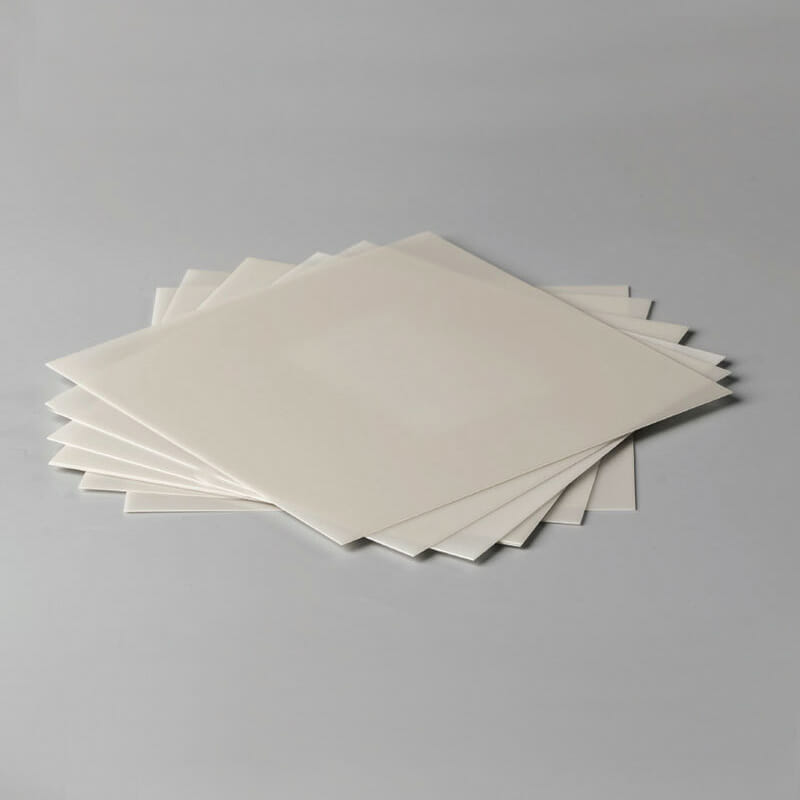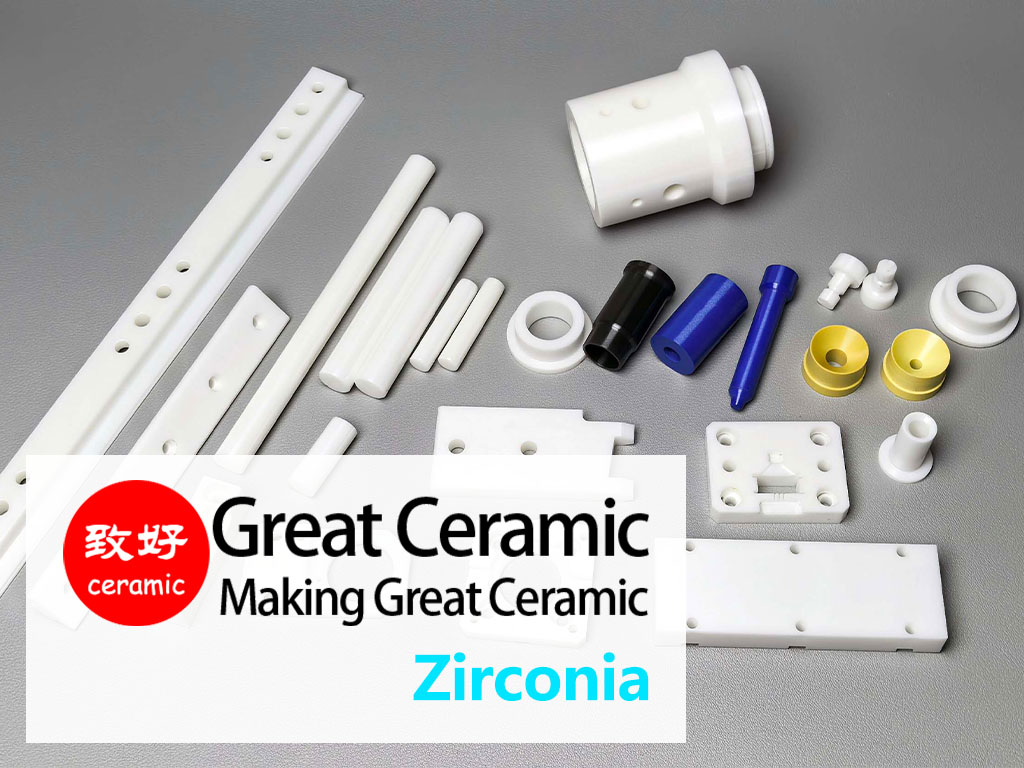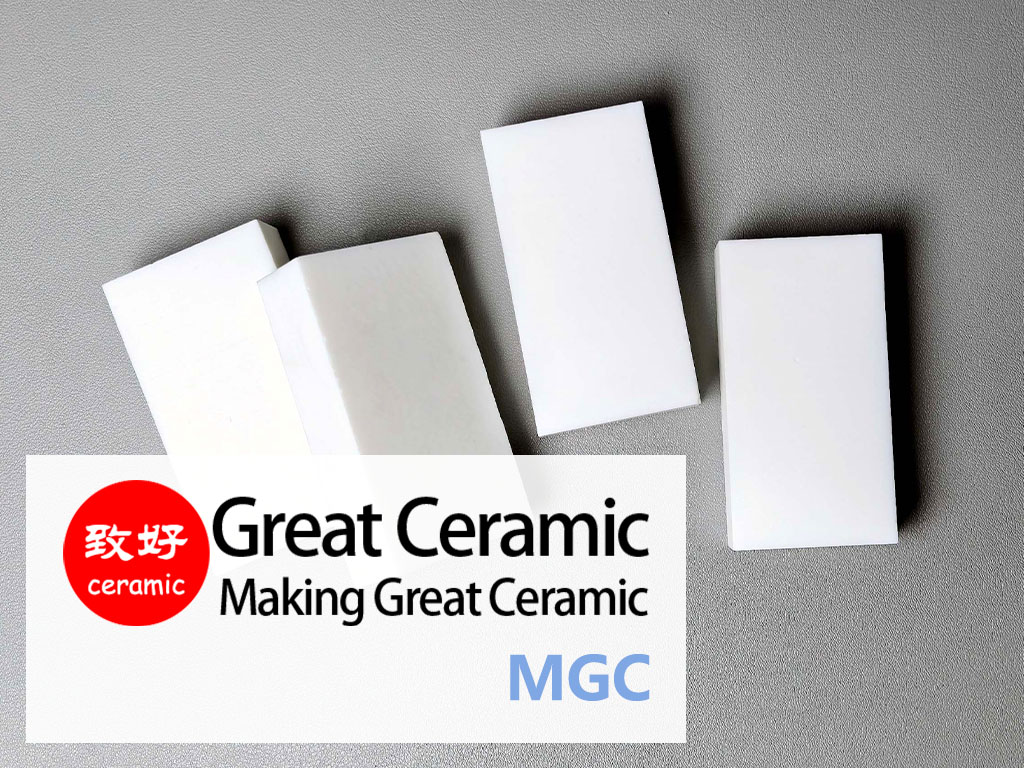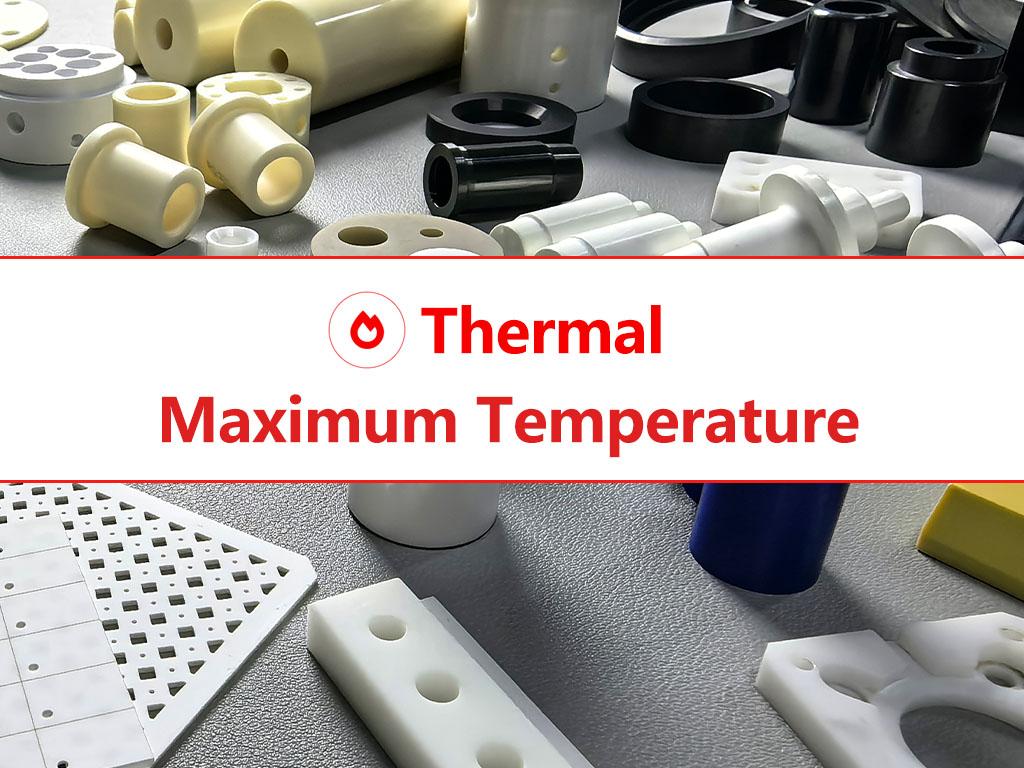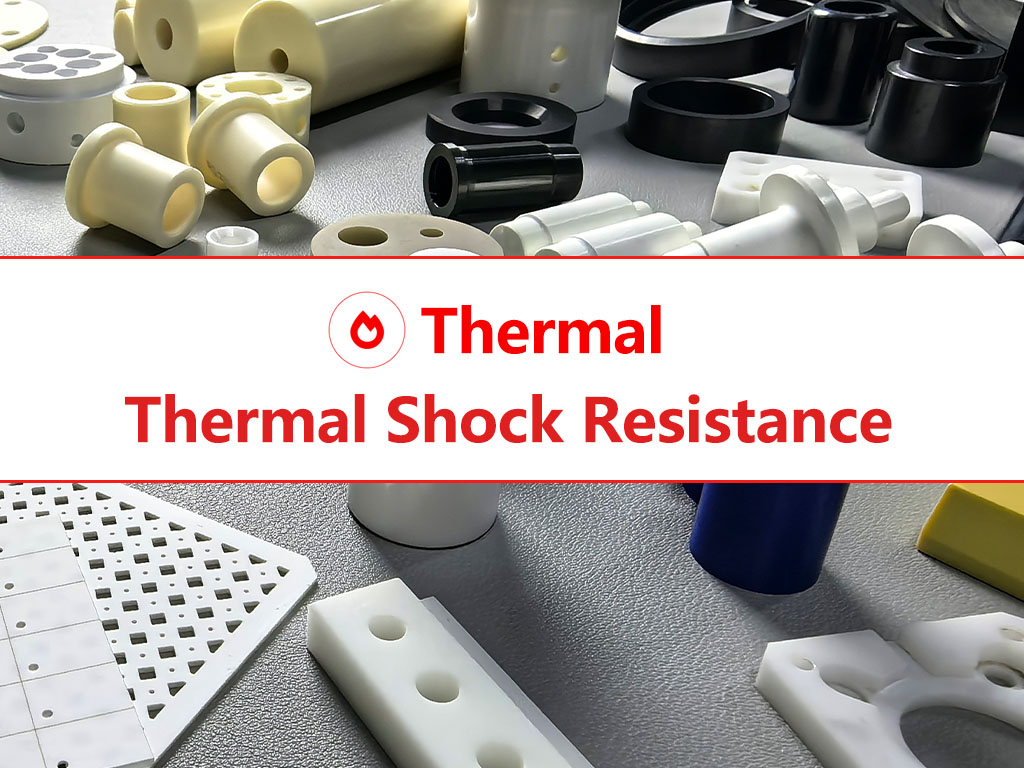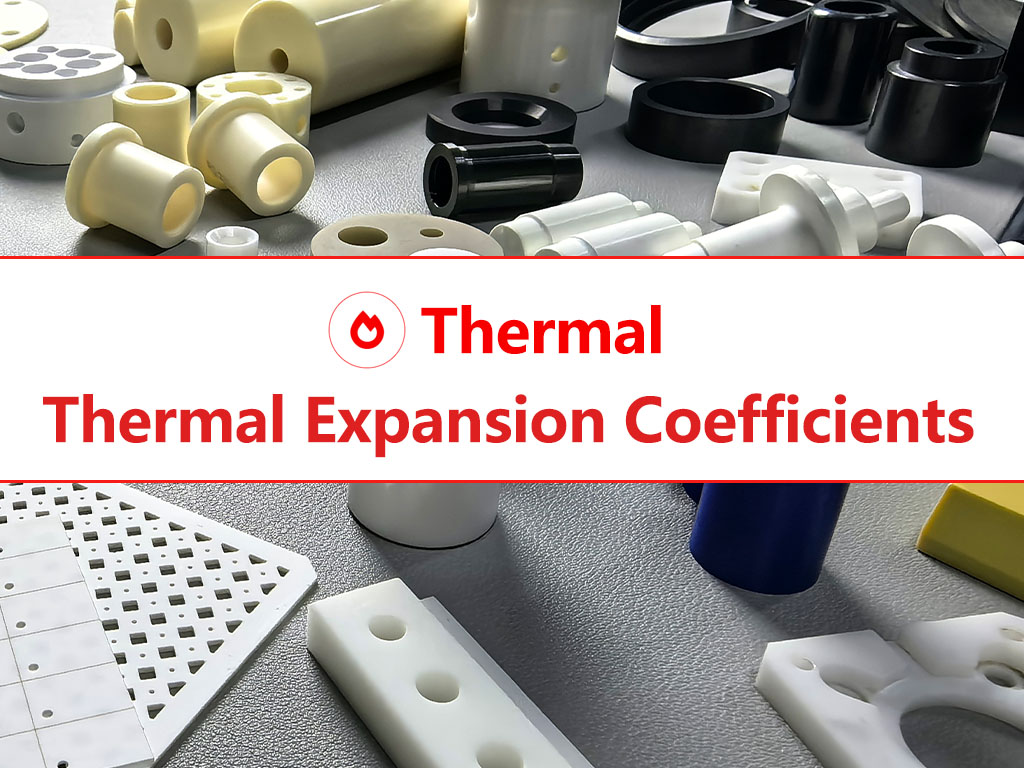Thermal Conductivity of Advanced Ceramics
Thermal conductivity (k, in W/m·K) measures a material's ability to conduct heat — a critical property for electronics, aerospace, energy, and industrial applications. In this article, we'll explore how advanced ceramics compare to metals and plastics, why they're important, and where they're used.
Skip to
Data | Comparison | Applications | FAQs | Related
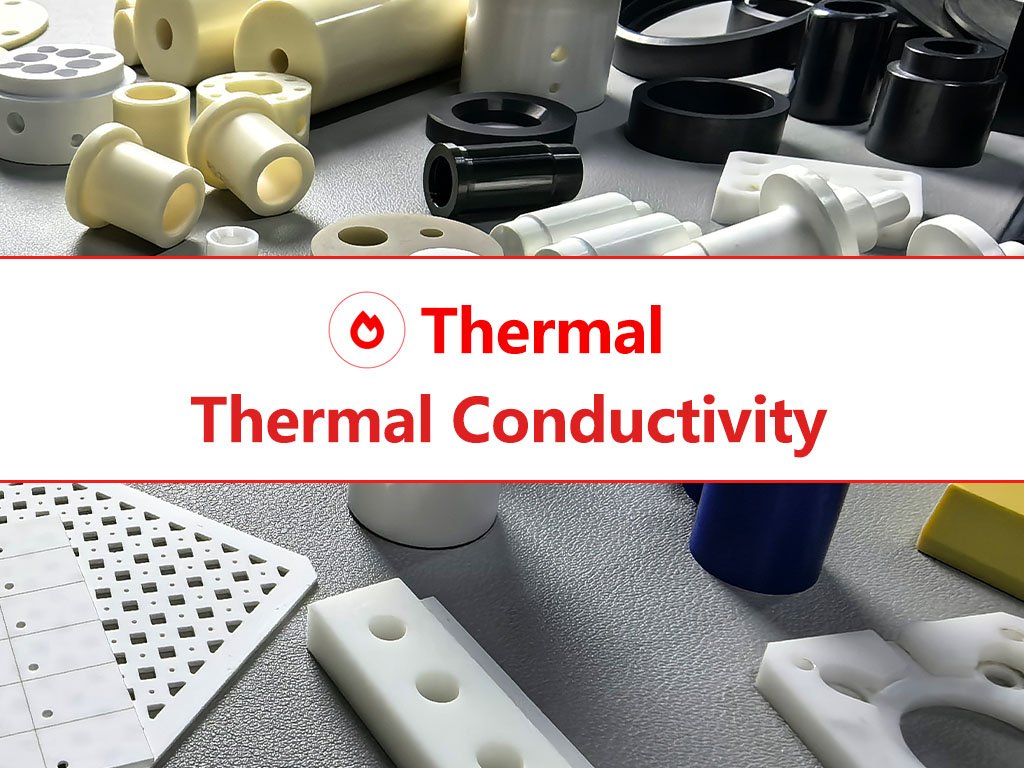
Why Ceramic Thermal Conductivity Matters
Ceramics are widely used for thermal management because they uniquely combine high thermal conductivity with excellent electrical insulation. Unlike metals that conduct both heat and electricity, advanced ceramics like aluminum nitride (AlN), beryllium oxide (BeO), and silicon carbide (SiC) can efficiently transfer heat while preventing electrical current flow. This makes them ideal for electronic components, power devices, and high-temperature applications where electrical isolation and reliable heat dissipation are critical.
Additionally, ceramics offer:
Together, these properties allow ceramics to serve as effective heat spreaders, substrates, and insulating heat sinks in industries such as electronics, aerospace, automotive, and energy.
How to decide the application direction of materials?
Thermal Conductivity Data of Key Advanced Ceramics
| Ceramic Material | k (W/m·K) | Characteristics |
|---|---|---|
| Beryllium Oxide (BeO) | 230–330 | Very high thermal conductivity, electrical insulation, toxic when powdered |
| Aluminum Nitride (AlN) | 170–210 | High thermal conductivity, electrical insulation, low dielectric loss |
| Silicon Carbide (SiC) | 120–200 | Extremely hard, excellent corrosion and wear resistance, high thermal conductivity |
| Boron Nitride (h‑BN) | ~60 | Lubricating, thermally stable, electrically insulating |
| Alumina (Al₂O₃) | 25–35 | High hardness, good wear resistance, excellent electrical insulation |
| Silicon Nitride (Si₃N₄) | 20–30 | High fracture toughness, thermal shock resistance, low density |
| Zirconia (ZrO₂) | 2–3 | High toughness, low thermal conductivity, phase transformation toughening |
| Machinable Glass Ceramic (MGC) | ~2 | Easily machinable, good dielectric strength, low thermal conductivity |
*Data is for reference only.
Need Help Choosing the Right Ceramic?
Selecting the right high thermal conductivity ceramic material is critical to ensuring long-term reliability and optimal performance. Whether you need beryllium oxide, aluminum nitride or alumina ceramic sheet materials, our materials offer industry-leading performance, durability and precision.
Our technical team is here to help – contact us today for expert, customized advice based on your specific needs.
Comparison: Ceramics vs Metals and Plastics
The bar chart below shows the thermal conductivity for various engineering materials – from super-hard ceramics to common industrial plastics, ranked from high to low.
*Data is for reference only.

